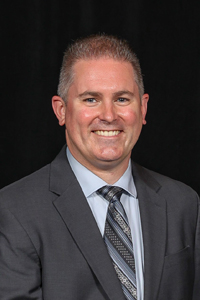Program Information
MRI Safety
J Och1*, D Jordan2*, (1) Geisinger Medical Center, Danville, PA, (2) University Hospitals Case Medical Center, Shaker Heights, OH
WE-A-116-1 Wednesday 8:00AM - 8:55AM Room: 116Medical physicists are accustomed to dealing with the possibility of biological harm to patients from procedures involving ionizing radiation, whether this is the possibility of erythema in a week or so, or an increased in the relative risk of cancer developing in a decade or two.
Accidents in MRI are more concrete. Their impact is immediate and catastrophic.
Still, the concept of safety in the MRI facility is not always well addressed or understood.
There is confusion about staffing, screening, construction, to name a few concerns.
In addition, there is a proliferation in the number of patients presenting for MRI who require clearance based on the presence of one or more implanted devices that may be relative contraindications for MRI. Management of these patients has historically been very conservative, based on limited information about the interactions of these devices with the MR environment. More recently, testing and characterization of both medical devices and MR magnets have improved, but in many cases, there remains a gap in understanding which devices are likely safe to scan in particular MR environments.
This session will review MRI safety considerations, with special emphasis on the recent ACR guidance document as well as the current state of MR safety labeling for conditional devices and common conditions of operation for commercially-available MR scanners.
The physicist should gain an understanding of the hazards which must be assessed and available resources.
Learning objectives:
1. Read and understand MRI conditional safety labeling for a typical medical device
2. Assess the specific physical conditions created by a given MRI scanner for comparison with the safety conditions
3. Advise physicians performing MRI of specific risks or concerns for patients with conditional implants that do not meet the safety conditions for a given scanner or study
4. Understand the 4 Zone concept and how to implement them.
5. Staffing concerns, including training and dealing with emergent situations.
6. Auditing of the MRI safety program.
Contact Email:





